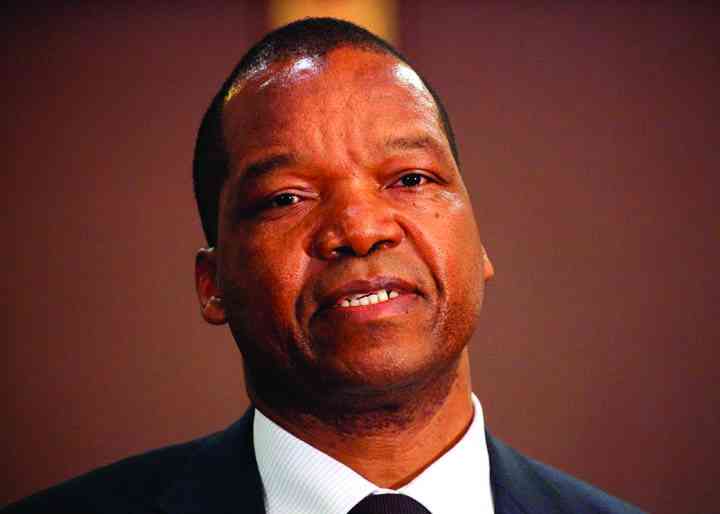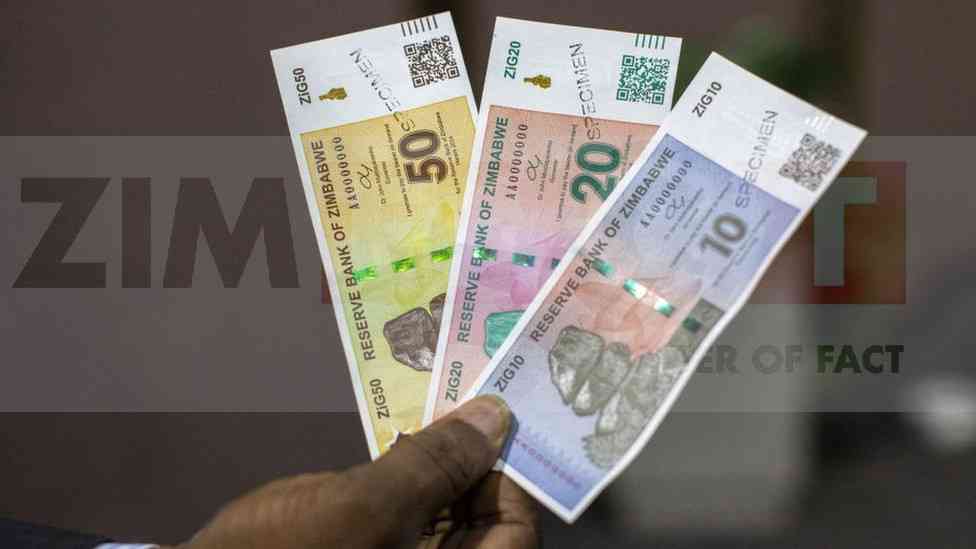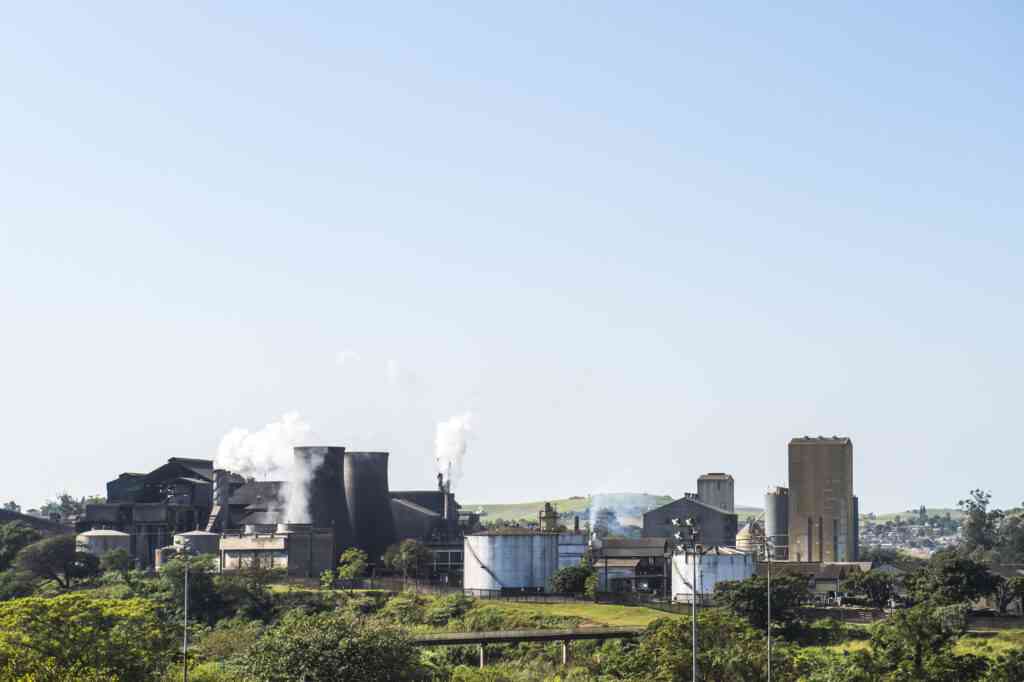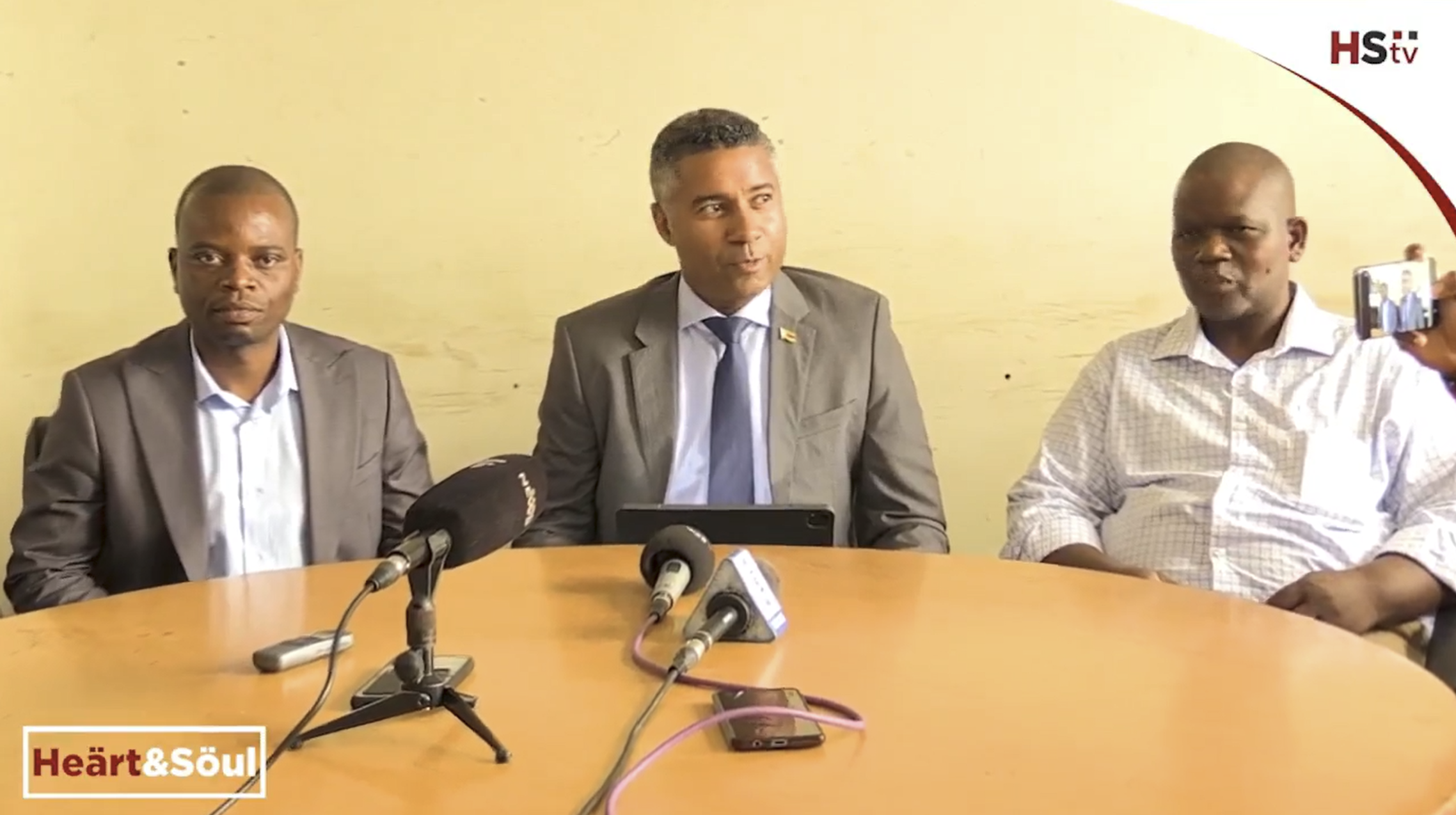THE Reserve Bank of Zimbabwe (RBZ) has downwardly revised the country’s 2024 economic growth forecast to 2%, attributing the slump to the devastating effects of the current drought, which has significantly impeded economic activity.
This marks a significant decrease from the 3,5% growth forecast issued in April and the 3,2% estimate in the mid-term budget review in July. The latest revision continues a downward trend from an even more optimistic 5,3% growth forecast in November last year.
The drought has had far-reaching consequences, with officials warning that the ongoing crisis could force the shutdown of turbines at the 1 050-megawatt Kariba South hydroelectric plant. Such a move could trigger another round of rolling blackouts, exacerbating Zimbabwe’s already precarious economic situation.
However, Zimbabwe's economic woes extend beyond the immediate effects of the drought and potential power shortages.
The country is grappling with exchange rate volatilities, a liquidity crunch, and weak global commodity prices, all of which have compounded the economic challenges.
- Triangle retrenches as economy bites
- Caledonia in US$42 million capex drive for 2025
- Mukuru launches mobile wallet in Zim to bolster financial inclusion
- Economy heads for a bloodbath: Biti
- NBS completes Glaudina housing project ahead of schedule
“The domestic economy continues to show greater resilience despite the severe El Niño-induced drought conditions,” the central bank governor John Mushayavanhu said in a Monetary Policy Statement released last Friday. “The exchange rate and inflation stability are expected to boost the country’s growth potential in the outlook period. As such, the economy is expected to grow by 2% in 2024 mainly supported by increased construction, mining, tourism, and distributional activities.
“Construction activities continue to benefit from government capital projects in roads, dams, and other critical infrastructure, including localised projects financed by devolution funds.”
Looking ahead, the RBZ governor predicted a stronger economic rebound in 2025, with growth expected to exceed 6%.
This optimistic outlook is based on anticipated improvements in monetary and financial conditions, alongside a recovery in the agriculture sector, which has been hit hard by the drought.
“In June 2024, the money stock comprised foreign currency deposits, 78,49%; local currency deposits, 21,39%; and local currency in circulation, 0,12%.”
He said it was pleasing to note that the foreign currency component in broad money had begun showing a decline after peaking around 87%, as it reflected an increased use of the domestic unit.
However, experts remain cautious about the sustainability of this trend.
While monetary and fiscal authorities claim that the introduction of a new currency has brought stability, analysts warn that the real test will come when the market is adequately liquefied, and the exchange rate is left to float without government controls.
In an analysis of the statement, local financial, media and research firm Equity Axis said: “The RBZ plans to continue using a hybrid monetary anchor, with the exchange rate as an intermediate target.
“This approach, however, presents challenges. Pegging the exchange rate can lead to a loss of control over the money supply, influenced by foreign capital flows.
“Consequently, the RBZ may need to sterilise foreign exchange interventions, a process that can be both difficult and costly. Additionally, managing reserve money growth might require adjusting interest rates, potentially conflicting with the exchange rate target. The rationale behind the 20% policy rate in this context remains unclear.”













